Poor Performance- Is Your Horse Affected?
January 16, 2017 Comments Off on Poor Performance- Is Your Horse Affected?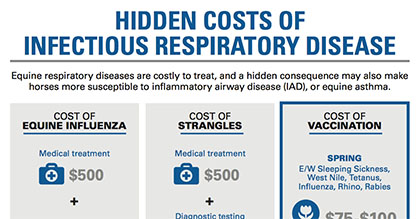
Inflammatory airway disease (IAD), also known as mild to moderate equine asthma, is the second-leading cause of poor performance, behind lameness (orthopedic disease). It’s associated with airway inflammation, coughing and mucus accumulation. It has been shown to occur in up to 80 percent of 2-year-old thoroughbreds, although it can affect horses of any age.[1]
Continue reading …January is Joint Health Awareness Month
January 13, 2017 Comments Off on January is Joint Health Awareness Month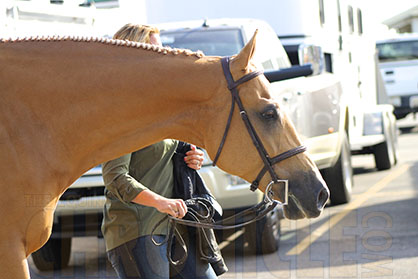
This means that all horses, no matter their workload, are at risk for progressive and permanent joint damage. In fact, 60% of lameness problems in horses are related to osteoarthritis.
Continue reading …The HUGE Problem With Your Barn That You May Have Missed…
January 11, 2017 Comments Off on The HUGE Problem With Your Barn That You May Have Missed…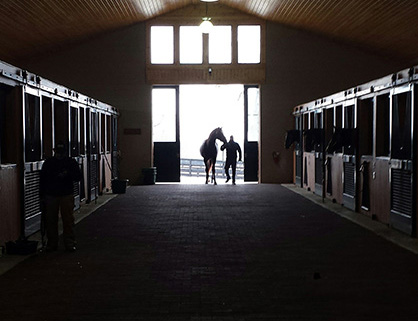
Gloves, scarf, and hat pulled on tight, you step outdoors into brisk, 28 degree weather with a blustery, northwest wind and wind chill in the single digits. Thankfully, the second you slide open your barn door, you’re enveloped by a warm hug of hot air, equivalent to that of a life size, equine convection oven. Sound great? To you, maybe, but to your horses, not so much.
Continue reading …Just Because it’s Winter, Don’t Forget to Water!
January 9, 2017 Comments Off on Just Because it’s Winter, Don’t Forget to Water!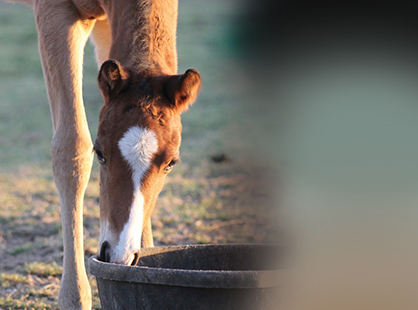
Horses will drink 8 to 12 gallons of water per day during cold weather; intake decreases as the temperatures declines and will increase if there is access to warm water. Studies have shown that offering warm water (45-65 F) will increase intake by 40% during winter.
Continue reading …My Horse Was Diagnosed with ERU… What is it?
January 9, 2017 Comments Off on My Horse Was Diagnosed with ERU… What is it?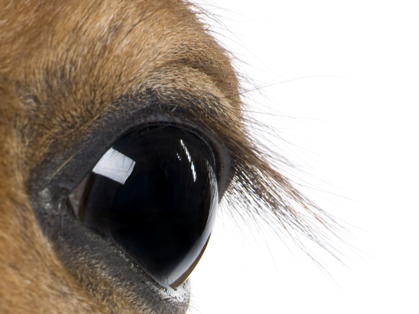
Equine recurrent uveitis (ERU), also known as moon blindness, is a painful condition where repeated occurrences of inflammation in the eye can cause permanent damage. The inflammation may cause career or even life-ending complications, explains Jacquelin Boggs, DVM, MS, Dipl. ACVIM, senior technical services veterinarian with Zoetis.
Continue reading …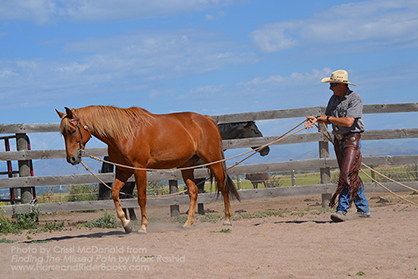
Horses often grow up with these “gaps” in their training and education. When this happens, it can be difficult for the horse to be a willing partner to a human, and he may need to be “restarted”—that is, given a second chance to learn what is expected of him and how he can find a place where he is confident and comfortable both beside a handler and beneath a rider. In order to restart a horse successfully, we need to know how to retrace the steps the horse’s education has taken and find the path missed the first time around.
Continue reading …FREE Jumping Instructor Webinar- Jan 19th
January 4, 2017 Comments Off on FREE Jumping Instructor Webinar- Jan 19th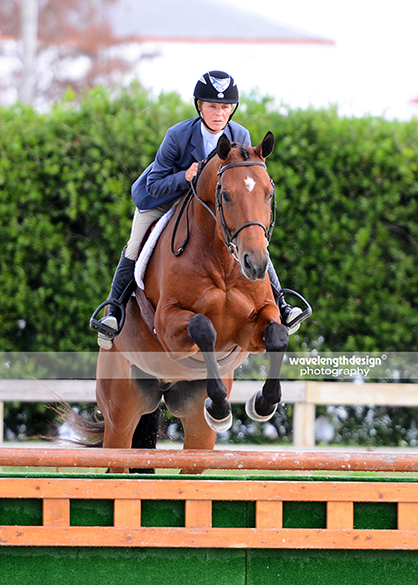
“We’ve developed a series of webinars for jumping instructors that focus on, From the Judges Box, Teaching Techniques and Horse Business #101 tools. It’s a brilliant format because we cover topics that are important to jumping instructors as well as getting into the ever important business concepts to help them grow their business to new level of success.”
Continue reading …Healthy Horse Show Living Resolutions: Breakfast Basics
January 3, 2017 Comments Off on Healthy Horse Show Living Resolutions: Breakfast Basics
Make healthier choices in 2017 to achieve your New Year’s resolution to stay fit and healthy!
Continue reading …Underweight: Solutions For the Hard Keeper
January 3, 2017 Comments Off on Underweight: Solutions For the Hard Keeper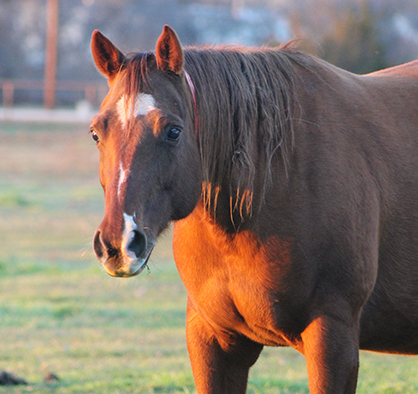
The most common reason for weight loss is poor teeth. Watch your horse while eating – does he drop a lot of food; does he spit out clumps of partially chewed grass or hay? His teeth or gums may need attention. If your horse is getting up in years, tooth loss may be issue.
Continue reading …Winter Management For the Older Horse
January 2, 2017 Comments Off on Winter Management For the Older Horse
“The stable environment invariably presents challenges of dust, mould and proper ventilation,” says Susan Raymond, instructor of Equine Guelph’s Management of the Equine Environment online course.
Continue reading …







